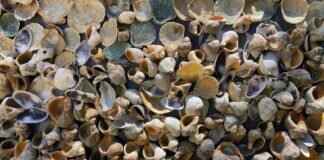Sambuca is not just any liqueur; it is a vibrant part of Italian culture, renowned for its distinctive anise flavor and a kick that can ignite the senses. Whether you’re a seasoned drinker or a curious newcomer, understanding how to properly enjoy Sambuca shots can enhance your experience. This article will guide you through the fascinating world of Sambuca, from its rich history and production methods to the best practices for savoring this fiery Italian classic.
Sambuca is an Italian liqueur that has its roots in the central regions of Italy, particularly in the Lazio area. Traditionally, it is made from anise, a plant known for its aromatic seeds that impart a sweet, licorice-like flavor. The name “Sambuca” is believed to derive from the Latin word “sambucus,” which refers to the elderberry plant, historically used in the production of this liqueur. Over time, Sambuca has evolved into a beloved digestif, often consumed after meals to aid digestion.
The production of Sambuca involves several key ingredients, including anise, sugar, and alcohol. The process begins with the distillation of anise seeds, which are then combined with a neutral spirit and sugar to create a sweet liqueur. The mixture is typically aged for a period, allowing the flavors to meld and mature. The final product is a clear, syrupy liquid that boasts a robust anise flavor, making it a unique addition to any bar. Understanding this process not only deepens appreciation for Sambuca but also highlights the craftsmanship involved in its creation.
Sambuca is available in various types, each offering distinct flavors and characteristics. The most common varieties include:
- Sambuca Bianca: The classic clear version, known for its pure anise flavor.
- Sambuca Nera: A black version that incorporates additional flavors like elderberry and licorice.
- Sambuca Rossa: A red variant, which is often sweeter and fruitier, appealing to those who prefer a milder taste.
Each type can be enjoyed in its own way, making Sambuca a versatile choice for different palates.
To truly enjoy Sambuca, serving it correctly is essential. The ideal serving temperature for Sambuca is chilled, which enhances its refreshing qualities. Use a shot glass to serve it, and consider adding a few coffee beans to the glass for a traditional touch. The beans not only add visual appeal but also complement the anise flavor, creating a delightful sensory experience.
There are several traditional methods for enjoying Sambuca:
- Straight: Sip it slowly to savor the flavors.
- With Coffee Beans: Add 2-3 coffee beans to the shot for a richer taste.
- Flaming Shots: Light the surface of the Sambuca, then extinguish it before drinking for a dramatic effect.
Each method offers a unique experience that highlights different aspects of this liqueur.
Adding coffee beans to Sambuca is not just a decorative choice; it holds cultural significance. The beans symbolize good luck and are often included in the drink to enhance its flavor. When the beans are added, they release their oils, which blend with the anise, creating a harmonious balance of flavors. This practice is deeply rooted in Italian tradition, making it a cherished ritual for many.
While Sambuca is a standout in its own right, it shares the stage with other anise-flavored liqueurs like Ouzo and Pastis. Ouzo, primarily from Greece, has a more pronounced licorice taste and is often enjoyed with water, which turns it cloudy. Pastis, a French counterpart, has a slightly sweeter profile and is typically diluted with water as well. Each liqueur offers a unique experience, making them popular choices in their respective cultures.
While Sambuca is mainly enjoyed for its taste, it does have some potential health benefits, largely attributed to its main ingredient, anise. Anise has been known to aid digestion, relieve bloating, and even possess antimicrobial properties. However, moderation is key, as excessive consumption can lead to adverse effects. Enjoying Sambuca in moderation can allow you to appreciate its flavors while potentially reaping some benefits.
Absolutely! Sambuca is a versatile ingredient that can be used in various cocktails. Some popular recipes include:
- Sambuca Sour: A refreshing blend of Sambuca, lemon juice, and simple syrup.
- Sambuca Martini: A twist on the classic martini, combining vodka and Sambuca for a unique flavor.
- Sambuca Coffee: A warm drink that combines coffee with a shot of Sambuca, perfect for chilly evenings.
These cocktails showcase Sambuca’s adaptability, making it a great addition to any drink menu.
Pairing Sambuca with food can elevate your tasting experience. It pairs beautifully with desserts, especially those featuring chocolate or fruit. Consider serving it alongside a rich chocolate cake or a fresh fruit tart. The sweetness of Sambuca complements these flavors, creating a delightful balance. Additionally, it can be enjoyed with cheeses, particularly those that are creamy or tangy, enhancing the overall flavor profile.
Not all Sambuca is created equal. Some of the top brands to consider include:
- Luxardo: Known for its high quality and authentic flavor.
- Romana: Offers a well-balanced taste that appeals to many.
- Molon: A lesser-known brand that provides an excellent, smooth experience.
Each brand has its unique characteristics, allowing you to explore different flavor profiles.
To maintain the quality of your Sambuca, proper storage is crucial. Keep it in a cool, dark place, away from direct sunlight. Once opened, it can last for several years if stored correctly. Ensure the cap is tightly sealed to prevent oxidation, which can alter its flavor over time.
Sambuca has a rich history filled with interesting anecdotes. Did you know that it is often served with a glass of water on the side? This is a traditional practice that enhances the drinking experience. Additionally, Sambuca has a reputation for being a celebratory drink, often enjoyed during special occasions and gatherings in Italy.
For those adventurous enough, making Sambuca at home can be a rewarding experience. A simple recipe involves steeping anise seeds in a neutral spirit, adding sugar, and allowing the mixture to age. This process can take time, but the result is a personalized version of this beloved liqueur.
There are many myths surrounding Sambuca. One common misconception is that it is solely a shot drink. In reality, Sambuca is incredibly versatile and can be enjoyed in various ways, including cocktails and food pairings. Another myth is that all Sambuca is the same, when in fact, different brands and types offer a wide range of flavors and experiences.
Sambuca holds a special place in Italian culture, often associated with celebrations and social gatherings. It is customary to enjoy Sambuca after a meal, as it is believed to aid digestion. The liqueur is also frequently used in toasts and special occasions, making it a staple in Italian households.
In conclusion, Sambuca is more than just a liqueur; it is a cultural icon that embodies the spirit of Italy. By understanding its history, production, and the best ways to enjoy it, you can fully appreciate this fiery Italian classic. Whether you sip it straight, mix it in cocktails, or pair it with delicious food, Sambuca promises a memorable experience.

What Is Sambuca and Where Does It Come From?
Sambuca is a celebrated Italian liqueur that has captured the hearts and palates of many around the world. Renowned for its distinct anise flavor, this liqueur is often enjoyed as a digestif, a drink served after meals to aid digestion. But what exactly is Sambuca, and where does it come from? Let’s dive into its fascinating origins and traditional production methods.
Historically, Sambuca traces its roots back to the Central Italy region, particularly to the town of Civitavecchia, near Rome. The liqueur was first produced in the late 19th century by a local distiller named Luigi Manzi, who created it as a medicinal tonic. The name “Sambuca” is believed to derive from the Latin word “sambucus,” referring to the elderflower, which is one of its key ingredients. While elderflower is not always used in modern recipes, its connection to the liqueur’s name highlights the natural and herbal origins of this spirit.
Traditionally, Sambuca is made through a meticulous process that involves distillation and the infusion of various ingredients. The primary flavoring agent is anise, which imparts that characteristic taste that many find irresistible. Anise is known for its aromatic qualities and has been used for centuries in various cultures for its flavor and potential health benefits. In addition to anise, other botanicals such as star anise, licorice, and sometimes even spices like cinnamon may be added to enhance the complexity of flavors.
The production of Sambuca typically begins with the distillation of a neutral alcohol base, which can be derived from grains or sugar beets. Once distilled, the alcohol is combined with the anise and other botanicals to create a concentrated infusion. This mixture is then sweetened with sugar, resulting in the syrupy consistency that Sambuca is known for. The final step involves aging the liqueur, allowing the flavors to meld and develop further. This aging process can vary in length, but many producers opt for a minimum of a few weeks to ensure a well-rounded flavor profile.
In recent years, Sambuca has gained popularity beyond Italy and is now enjoyed in various forms around the globe. Its versatility allows it to be served straight, on the rocks, or as part of creative cocktails. However, the traditional method of serving Sambuca often includes adding three coffee beans to the shot, representing health, happiness, and prosperity. This practice not only enhances the drinking experience but also adds a delightful aroma to the liqueur.
In summary, Sambuca is much more than just a drink; it is a reflection of Italian culture and tradition. From its herbal origins to the careful production methods, every sip tells a story. Whether you enjoy it as a digestif or in a cocktail, Sambuca offers a unique taste of Italy that is sure to delight any palate.
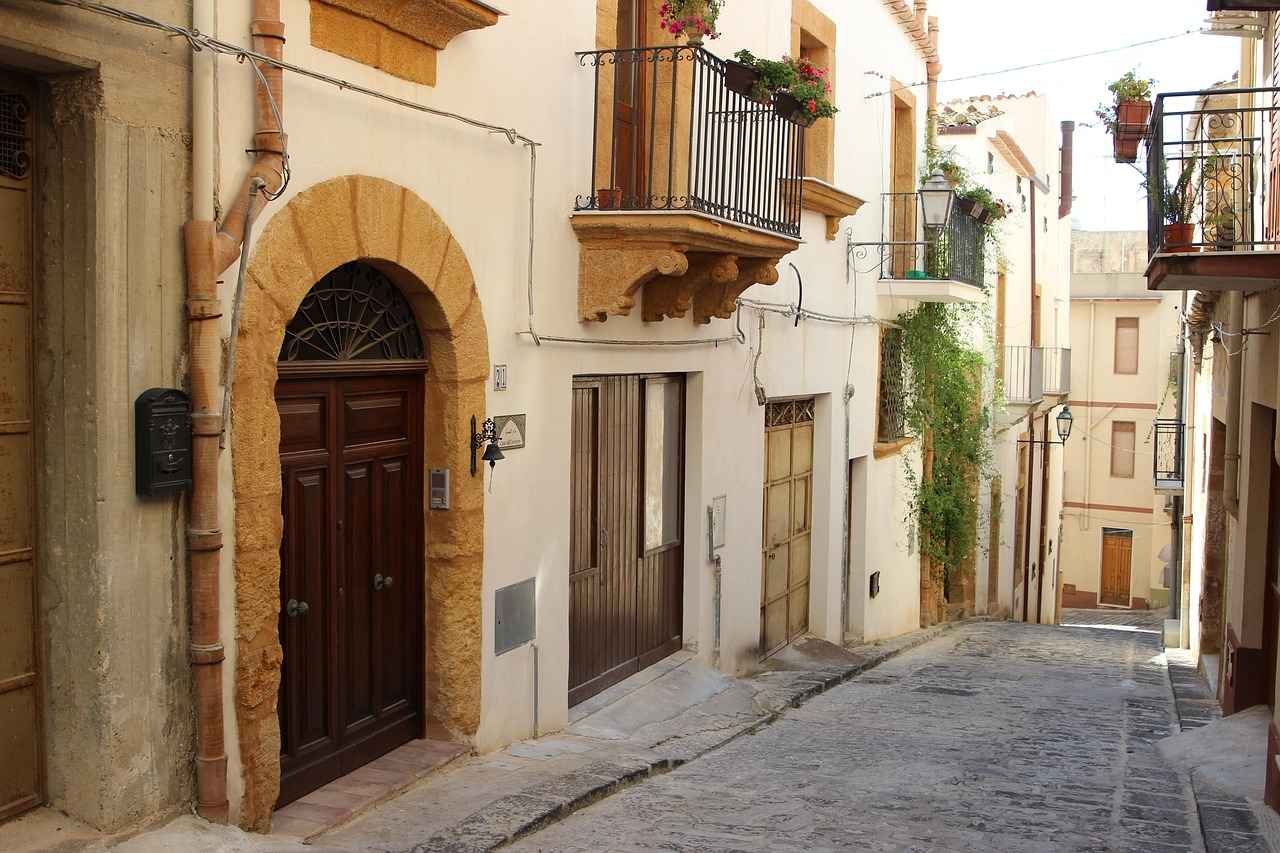
How Is Sambuca Made?
Sambuca is not just a drink; it is a testament to Italian craftsmanship that has been refined over centuries. Understanding the intricacies of its production process can significantly enhance your appreciation for this beloved liqueur. In this section, we will delve into the essential components that contribute to the creation of Sambuca, including its ingredients, the distillation process, and the aging techniques that give it a unique character.
The heart of any great liqueur lies in its ingredients. Sambuca primarily features three key elements: anise, alcohol, and sugar. The most prominent ingredient, anise, is responsible for the distinctive flavor that sets Sambuca apart from other liqueurs. There are two types of anise used: star anise and green anise. Star anise, with its bold and spicy flavor, is often favored for its aromatic qualities, while green anise provides a more delicate and sweet profile.
In addition to anise, high-quality neutral alcohol is crucial. This alcohol serves as the base for the liqueur and is often derived from grains or grapes. The purity of the alcohol can significantly impact the final flavor of the Sambuca. Lastly, sugar is added to create a sweet balance that complements the anise, typically in the form of simple syrup or granulated sugar.
The distillation process is where the magic truly happens. Sambuca is typically distilled through a method known as infusion. This involves steeping the anise in the neutral alcohol for an extended period, allowing the flavors to meld together. The infusion process can last from a few days to several weeks, depending on the desired intensity of flavor. Once the infusion is complete, the mixture is distilled to separate the alcohol from the solid ingredients.
After distillation, the resulting liquid is often diluted with water to achieve the desired alcohol content, usually around 38-42% ABV. This step is crucial, as it allows for the flavors to mellow and integrate fully. The distilled liquid is then sweetened with sugar, which not only enhances the flavor but also contributes to the syrupy texture that Sambuca is known for.
Unlike many spirits, Sambuca is often consumed fresh and does not undergo extensive aging. However, some producers may choose to age their Sambuca for a short period to develop deeper flavors. This aging is typically done in stainless steel tanks or glass containers to avoid imparting any unwanted flavors from wooden barrels.
The aging process can allow the various flavors to harmonize, creating a smoother and more complex liqueur. While traditional Sambuca is usually enjoyed young, aged varieties can provide a unique tasting experience for those looking to explore different dimensions of this classic drink.
In conclusion, understanding how Sambuca is made—from the selection of ingredients to the distillation and potential aging processes—offers a deeper appreciation for this iconic Italian liqueur. Each step in the production contributes to the rich flavor profile and cultural significance of Sambuca, making it a cherished drink in Italian tradition and beyond.
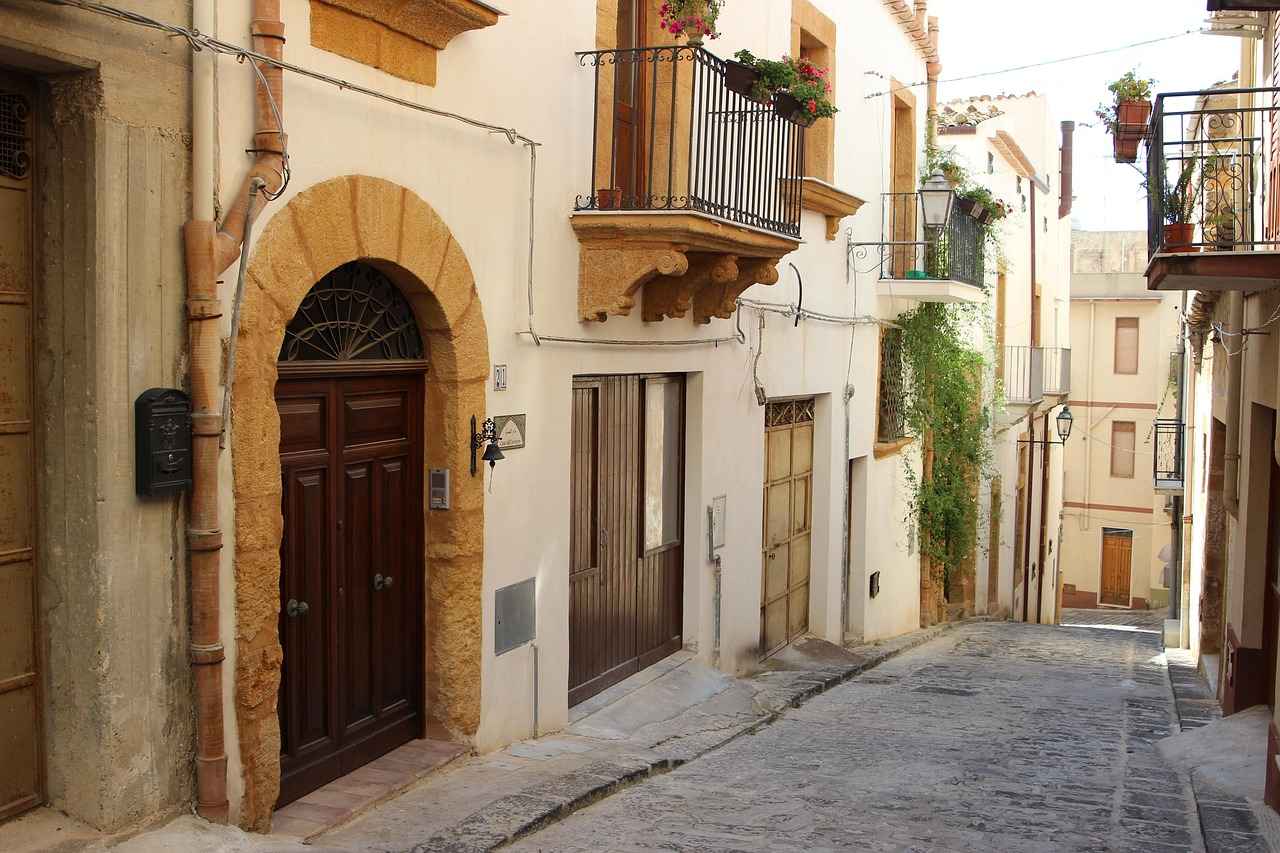
What Are the Different Types of Sambuca?
Sambuca is a beloved Italian liqueur renowned for its distinctive anise flavor and vibrant history. With various types available, each offering unique flavors and characteristics, understanding these differences can enhance your drinking experience. In this section, we will explore the most popular types of Sambuca and what sets them apart.
Sambuca is primarily categorized into three main types: white (or clear) Sambuca, black Sambuca, and red Sambuca. Each variety has its own flavor profile and is produced using different ingredients and methods. Below, we will delve into each type to help you appreciate their unique qualities.
- White Sambuca: This is the most common type of Sambuca. It is clear in color and has a sweet, anise-flavored profile. White Sambuca is typically made with a base of sugar, anise, and other herbal ingredients. It is often enjoyed straight, on the rocks, or with coffee beans, which enhance its flavor. The sweetness and smoothness make it a favorite for many, and it is often used in cocktails as well.
- Black Sambuca: Black Sambuca takes the traditional recipe and adds a twist with the inclusion of additional herbs and spices, such as elderberries. This results in a darker color and a more complex flavor profile that is less sweet than its white counterpart. The black version is often enjoyed as a digestif and is known for its unique flavor that can include hints of licorice and berry. It can be served straight, chilled, or in cocktails that benefit from its rich color and flavor.
- Red Sambuca: Less common than the other two varieties, red Sambuca is characterized by its vibrant color and a flavor profile that is typically sweeter and fruitier. This variety often incorporates various fruits and spices, which contribute to its unique taste. Red Sambuca can be enjoyed in a similar manner to white and black, but its distinct flavor makes it an interesting choice for those looking to explore different taste experiences.
Additionally, there are also flavored Sambucas, which can include variations such as menthol, citrus, or even spicy versions. These flavored options are crafted by infusing traditional Sambuca with different botanical elements, providing a refreshing twist on the classic drink.
In summary, the world of Sambuca is diverse, with each type offering something special to the palate. Whether you prefer the classic sweetness of white Sambuca, the rich complexity of black Sambuca, or the fruity notes of red Sambuca, there’s a version for every taste. Experimenting with different types can lead to delightful discoveries and enhance your appreciation for this iconic Italian liqueur.

How to Properly Serve Sambuca Shots?
Serving Sambuca correctly is vital for the best experience. This iconic Italian liqueur, known for its sweet anise flavor, can be enjoyed in various ways, but the right serving method elevates the tasting experience. Here, we will explore the ideal serving temperature, glassware, and presentation tips for Sambuca shots, ensuring you savor every drop.
The ideal serving temperature for Sambuca is typically between 45°F to 50°F (7°C to 10°C). This temperature range allows the rich flavors of the liqueur to shine without being masked by the chill of ice. To achieve this, you can store your Sambuca in a cool, dark place or refrigerate it for a short time before serving. Avoid freezing it, as extreme cold can dull the taste and aroma.
When it comes to glassware, the choice can significantly impact your Sambuca experience. The most traditional option is a shot glass, which allows for easy sipping and sharing. However, for a more refined experience, consider using a tumbler or a small snifter. These glasses help concentrate the aroma, enhancing the overall tasting experience.
Presentation is key when serving Sambuca. Here are some tips to make your serving visually appealing:
- Garnish with Coffee Beans: Adding 2-3 coffee beans to the shot enhances the flavor and adds a touch of elegance.
- Use Clear Glasses: Clear glassware allows the liqueur’s beautiful color to shine through, making it more inviting.
- Chill the Glasses: For an extra touch, chill your glasses beforehand. This keeps the Sambuca at the perfect temperature longer.
Traditionally, Sambuca is served neat, allowing you to fully appreciate its complex flavors. However, some may prefer it on the rocks. If you choose to serve it with ice, use large ice cubes to minimize dilution, ensuring that the flavor remains intact. Another popular method is to serve it with a splash of water, which can help release the aromatic oils from the anise, providing a different tasting experience.
For those looking to add a twist to their Sambuca experience, consider these creative serving ideas:
- Flaming Sambuca: Carefully ignite a shot of Sambuca for a dramatic presentation. Serve it with a spoonful of sugar on top, which caramelizes as it burns.
- Sambuca Coffee: Combine a shot of Sambuca with freshly brewed coffee for a delightful after-dinner drink.
By paying attention to these details—serving temperature, glassware, and presentation—you can ensure that your Sambuca shots are not only enjoyable but also memorable. The right serving method enhances the flavor and elevates the overall drinking experience, allowing you to savor this beloved Italian classic to its fullest.
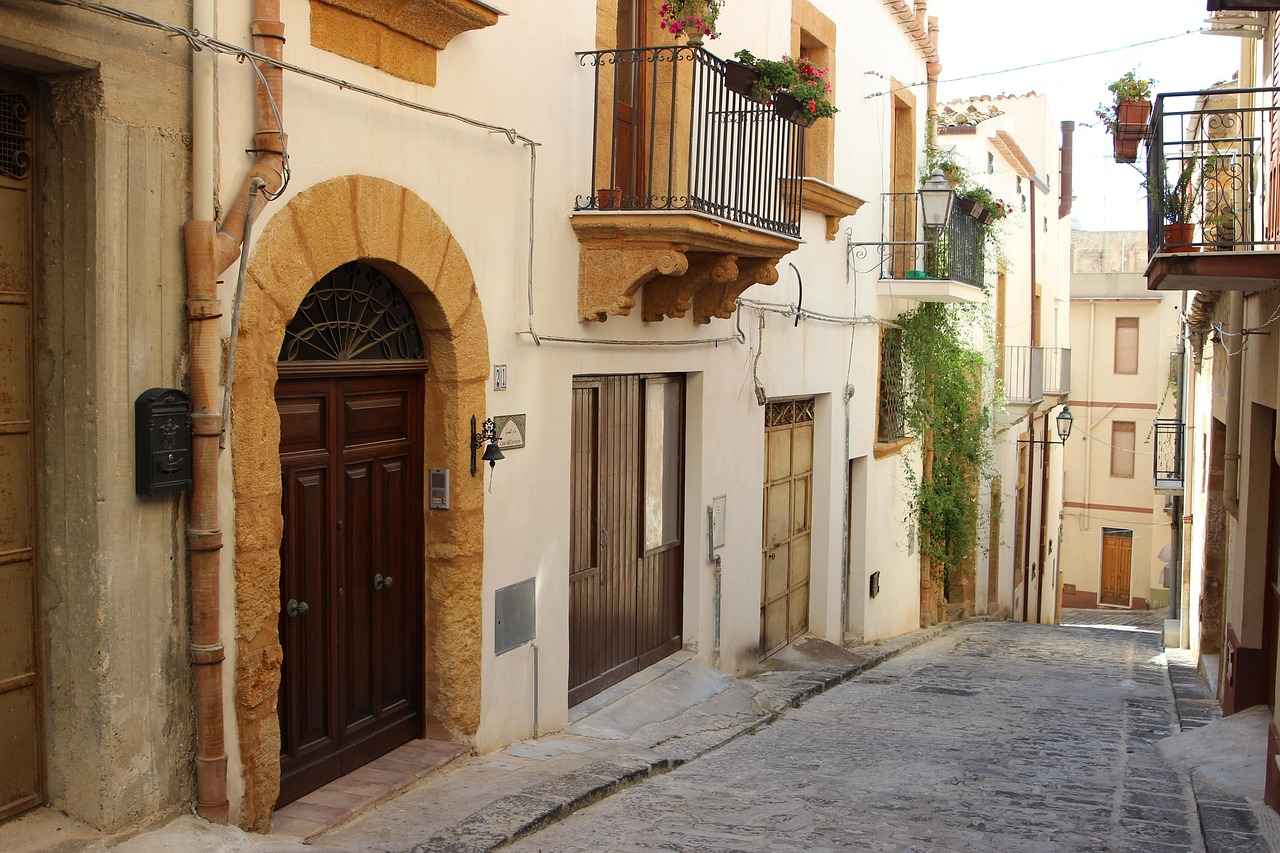
What Are the Classic Ways to Drink Sambuca?
Sambuca is not just a drink; it is a cultural experience that embodies the essence of Italian tradition. Known for its distinct anise flavor and aromatic profile, this liqueur has gained popularity worldwide. While many enjoy sipping it straight, there are several classic methods to elevate your Sambuca experience. This article explores the traditional ways of drinking Sambuca, including serving it neat, with coffee beans, and even in a flaming shot.
One of the most straightforward ways to savor Sambuca is to drink it straight. This method allows you to appreciate the full depth of its flavor. Typically served chilled, Sambuca is poured into a shot glass and enjoyed in one swift motion. The cold temperature enhances its refreshing qualities, making it an excellent choice after a meal as a digestif.
When drinking Sambuca straight, it’s essential to consider the glassware. A short, wide glass is ideal, allowing you to appreciate the liqueur’s aroma. Many enthusiasts recommend using a glass with a thick base to help keep the drink cool. Remember, the key to enjoying Sambuca straight is to savor each sip, allowing the flavors to linger on your palate.
Another classic way to enjoy Sambuca is by adding coffee beans. This tradition not only enhances the flavor but also adds a visual element to your drink. Typically, three coffee beans are added to the glass, representing health, wealth, and happiness. As you sip, the coffee beans infuse the liqueur with a rich aroma that complements the anise flavor beautifully.
To enjoy Sambuca with coffee beans, simply pour the Sambuca into a glass, add the beans, and allow them to float on the surface. Some people prefer to chew the beans as they drink, intensifying the flavor experience. This method is not just about taste; it’s a ritual that connects drinkers to Italian heritage.
For those looking for an adventurous twist, flaming Sambuca shots are a thrilling option. This method is not only visually stunning but also adds a unique flavor profile to the liqueur. To prepare, pour Sambuca into a shot glass, then carefully float a layer of high-proof alcohol on top, such as Bacardi 151. Using a long lighter, ignite the top layer.
Before taking the shot, it’s customary to extinguish the flame, often by covering the glass with a small plate. This action creates a burst of flavor as the heat caramelizes the sugars in the Sambuca. However, caution is essential; ensure that the glass is stable, and avoid any flammable materials nearby. Once the flame is out, take the shot quickly, experiencing the warmth and the rich anise flavors.
In conclusion, enjoying Sambuca goes beyond just the act of drinking; it’s about embracing a rich cultural tradition. Whether you prefer it straight, with coffee beans, or as a flaming shot, each method offers a unique way to experience this iconic Italian liqueur. So gather your friends, raise your glasses, and celebrate the joy of Sambuca!
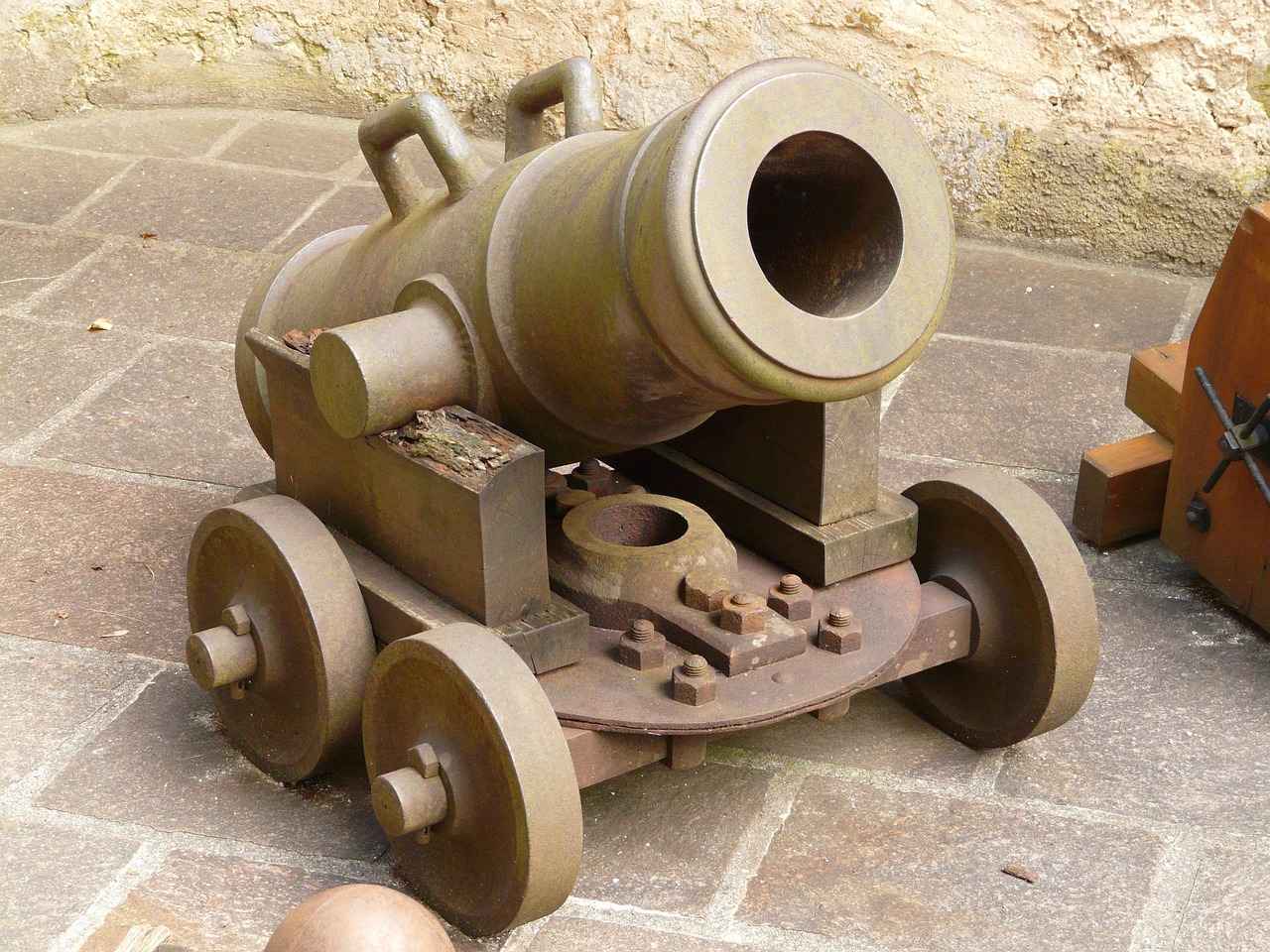
What Is the Significance of the Coffee Beans in Sambuca?
Coffee beans play a fascinating role in the world of Sambuca, an Italian liqueur celebrated for its distinct anise flavor and aromatic qualities. When added to Sambuca shots, these beans are not merely an aesthetic enhancement; they bring a depth of flavor and a cultural significance that elevates the drinking experience. In this section, we will explore how coffee beans enhance Sambuca, their cultural importance, and the sensory experience they create.
The practice of adding coffee beans to Sambuca is rooted in Italian tradition, often symbolizing hospitality and conviviality. When served, Sambuca is typically accompanied by three coffee beans, known as “con la mosca,” which translates to “with the fly.” This charming presentation is not just for show; it represents health, happiness, and prosperity. The three beans serve as a reminder of the shared joy of drinking together, making it a popular choice during social gatherings and celebrations.
From a flavor perspective, the addition of coffee beans to Sambuca introduces a delightful contrast. The rich, roasted notes of the coffee complement the sweet, licorice-like flavor of the anise, creating a well-rounded and harmonious taste experience. When you sip Sambuca with coffee beans, the initial sweetness is followed by the deep, robust flavor of coffee, which lingers on the palate. This combination not only enriches the overall experience but also provides a unique sensory journey that engages both the taste buds and the nose.
Moreover, the act of chewing on the coffee beans after sipping Sambuca adds an interactive element to the experience. As the beans are crushed, they release their essential oils, further enhancing the aromatic profile of the drink. This ritual encourages drinkers to savor the moment, making it a more memorable occasion. It’s not uncommon for friends to gather around a table, sharing stories and laughter while enjoying Sambuca and coffee beans, reinforcing bonds and creating lasting memories.
In addition to their flavor and cultural significance, coffee beans also serve a practical purpose. The caffeine present in the beans can provide a mild energy boost, making Sambuca shots feel invigorating. This aspect has contributed to the popularity of Sambuca as a post-dinner drink, allowing diners to enjoy a sweet treat while also feeling alert and energized.
In conclusion, the significance of coffee beans in Sambuca extends far beyond mere decoration. They embody a rich cultural tradition while enhancing the drink’s flavor and creating a multi-sensory experience. Whether enjoyed in a lively gathering or a quiet moment of reflection, Sambuca with coffee beans invites drinkers to embrace the warmth of connection and the joy of flavor exploration.

How Does Sambuca Compare to Other Anise-Flavored Liqueurs?
Sambuca is a well-known Italian liqueur that captivates many with its distinctive anise flavor. While it stands out on its own, it is often compared to other anise-flavored liqueurs such as Ouzo from Greece and Pastis from France. Understanding the similarities and differences among these beverages can enhance your appreciation for each one.
Sambuca is characterized by its sweet, intense anise flavor, which is derived primarily from the star anise plant. This liqueur is often served as a digestif, enjoyed either straight, on the rocks, or with added coffee beans. In contrast, Ouzo, another popular anise-flavored spirit, originates from Greece and is typically less sweet than Sambuca. Ouzo is made from a base of distilled grapes or grain and flavored with anise and other herbs, giving it a more herbal and less sugary profile.
On the other hand, Pastis, which hails from France, presents a different experience altogether. While it also features anise as a primary flavor, Pastis is usually diluted with water before drinking, which causes it to turn a milky white color. This transformation enhances its aromatic qualities and makes it a refreshing option, particularly in warmer weather. Unlike Sambuca, Pastis is less about sweetness and more about a complex blend of flavors, often including hints of licorice and other botanicals.
| Liqueur | Origin | Main Flavor | Sweetness Level | Common Serving Style |
|---|---|---|---|---|
| Sambuca | Italy | Anise | High | Straight, on the rocks, with coffee beans |
| Ouzo | Greece | Anise, herbal | Medium | Straight, with water |
| Pastis | France | Anise, herbal | Low | Diluted with water |
While Sambuca, Ouzo, and Pastis all share an anise flavor, the variations in sweetness, serving methods, and additional flavors create distinct drinking experiences. For instance, the addition of coffee beans in Sambuca not only enhances its flavor but also adds a cultural touch, as it is often enjoyed after meals in Italy. Conversely, Ouzo is typically enjoyed as an aperitif, often paired with meze, small plates of food that complement its herbal notes.
In summary, while Sambuca is a delightful liqueur that holds its own in the world of anise-flavored spirits, Ouzo and Pastis offer unique qualities that cater to different palates and occasions. Each of these beverages brings its own cultural significance and flavor profile, making them worth exploring for any enthusiast of liqueurs.

What Are the Health Benefits of Sambuca?
Sambuca, a beloved Italian liqueur, is often celebrated for its delightful flavor and unique presentation. However, many may not be aware that this aromatic beverage also carries some potential health benefits, primarily attributed to its main ingredient: anise. In this section, we will explore the medicinal properties of anise and how they contribute to the overall health benefits of Sambuca.
While Sambuca is primarily enjoyed for its taste, its key ingredient, anise, has been used in traditional medicine for centuries. Anise is known for its antioxidant properties, which help combat oxidative stress in the body. This can lead to a reduction in inflammation and a lower risk of chronic diseases. Additionally, anise has been associated with various digestive benefits, making Sambuca a popular choice as a digestif.
- Digestive Aid: Anise is known to improve digestion and relieve bloating and gas. Consuming Sambuca after a meal may help soothe the stomach and promote better digestion.
- Antimicrobial Properties: The essential oils in anise have demonstrated antimicrobial effects, which can help protect the body from infections.
- Respiratory Health: Anise is often used in herbal remedies for respiratory issues. It may help relieve coughs and congestion, making Sambuca a comforting choice during cold seasons.
Moreover, the enjoyment of Sambuca can also contribute to social well-being. Sharing a drink with friends or family can enhance feelings of connection and joy, which are essential for mental health. The ritual of enjoying Sambuca, especially when served with coffee beans, can create a unique sensory experience that elevates mood and fosters camaraderie.
However, it is essential to consume Sambuca in moderation. While the potential health benefits of anise are notable, excessive alcohol consumption can lead to adverse health effects. Therefore, enjoying Sambuca as part of a balanced lifestyle is key. It’s always wise to consult with a healthcare professional if you have specific health concerns or conditions.
In summary, Sambuca offers more than just a delightful taste; it carries potential health benefits primarily due to its main ingredient, anise. From aiding digestion to providing antioxidant properties, Sambuca can be a pleasant addition to your post-meal routine when enjoyed responsibly. So next time you savor a shot of this iconic liqueur, remember that you’re indulging in a drink that may also support your well-being.

Can You Mix Sambuca in Cocktails?
Sambuca is often celebrated for its unique flavor and potency, but many people may not realize that it can be a fantastic addition to cocktails as well. This liqueur, with its distinctive anise flavor, offers a sweet and aromatic profile that can elevate a variety of drinks. In this section, we will explore popular cocktail recipes that feature Sambuca, along with some tips for mixing your own creations.
Sambuca can be a versatile ingredient in cocktails, providing a sweet and herbal twist to traditional recipes. Here are some popular cocktails that showcase the liqueur:
- Sambuca Sour: A refreshing twist on the classic whiskey sour, this cocktail combines Sambuca with fresh lemon juice and a dash of simple syrup. Shake with ice and strain into a chilled glass for a delightful drink.
- Sambuca Martini: For a sophisticated option, mix Sambuca with vodka and a splash of dry vermouth. Shake with ice and serve in a martini glass, garnished with an olive or a twist of lemon.
- Sambuca Mojito: Give the classic mojito a unique flavor by substituting rum with Sambuca. Muddle fresh mint leaves and lime, add Sambuca, soda water, and ice for a refreshing summer drink.
- Flaming Sambuca: This eye-catching cocktail involves pouring Sambuca into a shot glass, floating a layer of high-proof alcohol on top, and igniting it. Serve with a side of coffee beans for a dramatic finish.
When mixing cocktails with Sambuca, there are several tips to keep in mind to maximize flavor and presentation:
- Balance the Sweetness: Sambuca is quite sweet, so it’s essential to balance it with acidic ingredients like citrus juices or bitters. This will prevent the cocktail from becoming overly sugary.
- Experiment with Flavors: Sambuca pairs well with various flavors, including citrus, mint, and even spicy elements. Don’t hesitate to experiment with different mixers to find your ideal combination.
- Chill Your Ingredients: For the best experience, ensure your ingredients are well-chilled before mixing. This helps maintain the integrity of the flavors and keeps the cocktail refreshing.
- Garnish Creatively: A well-chosen garnish can enhance the visual appeal of your cocktail. Consider using fresh herbs, citrus peels, or even coffee beans to complement the Sambuca’s flavor.
In conclusion, Sambuca is not just a shot but a versatile ingredient that can bring a unique twist to a variety of cocktails. With its distinct anise flavor, it offers endless possibilities for creative mixing. Whether you prefer a classic cocktail or a more adventurous concoction, experimenting with Sambuca can lead to delightful discoveries. So, gather your ingredients, get creative, and enjoy the rich flavors that Sambuca can bring to your cocktail experience!

How to Pair Food with Sambuca?
Pairing food with Sambuca can truly elevate the tasting experience, transforming a simple drink into a culinary adventure. This unique Italian liqueur, known for its bold anise flavor, can complement a variety of dishes, enhancing both the food and the drink. Here, we will explore some delicious food pairings that harmonize beautifully with Sambuca, ensuring a delightful experience for your palate.
When considering food pairings for Sambuca, it’s essential to think about the liqueur’s strong anise flavor. Here are some suggestions:
- Cheese Platters: Creamy cheeses such as Brie or Gorgonzola can beautifully balance the sweetness of Sambuca. The rich texture of the cheese complements the liqueur’s bold flavors.
- Desserts: Desserts that feature licorice or anise flavors, such as panna cotta or anise cookies, are a natural fit. The sweetness of these desserts enhances the liqueur’s profile, creating a harmonious blend.
- Grilled Meats: Dishes like grilled lamb or pork, seasoned with herbs and spices, can pair well with Sambuca. The smoky flavors from the grill can contrast nicely with the liqueur’s sweetness.
- Seafood: Light seafood dishes, especially those with a touch of citrus, can create a refreshing contrast to the anise flavor. Think of grilled shrimp or a citrusy fish ceviche.
- Spicy Foods: The sweetness of Sambuca can also act as a counterbalance to spicy dishes, such as spicy Asian cuisine or Mexican dishes with a kick. The liqueur can help mellow the heat, making for a well-rounded meal.
To truly enhance your Sambuca experience, consider the following tips:
- Serve Chilled: Always serve Sambuca chilled to bring out its flavors. This can also refresh your palate between bites of food.
- Experiment with Flavors: Don’t be afraid to experiment with different food pairings. Try pairing Sambuca with various international cuisines to discover unique flavor combinations.
- Use Garnishes: Adding garnishes like lemon or orange peels can elevate the drink and enhance its aromatic qualities, making the pairing even more enjoyable.
- Presentation Matters: Serve your Sambuca in elegant glassware alongside your food. A visually appealing setup can enhance the overall dining experience.
In conclusion, pairing food with Sambuca offers a delightful way to explore its rich flavors. Whether you choose to enjoy it with cheese, desserts, or grilled meats, there’s no shortage of delicious combinations to try. Remember, the key is to balance the strong anise flavor of the liqueur with complementary tastes and textures, ensuring a memorable tasting experience.
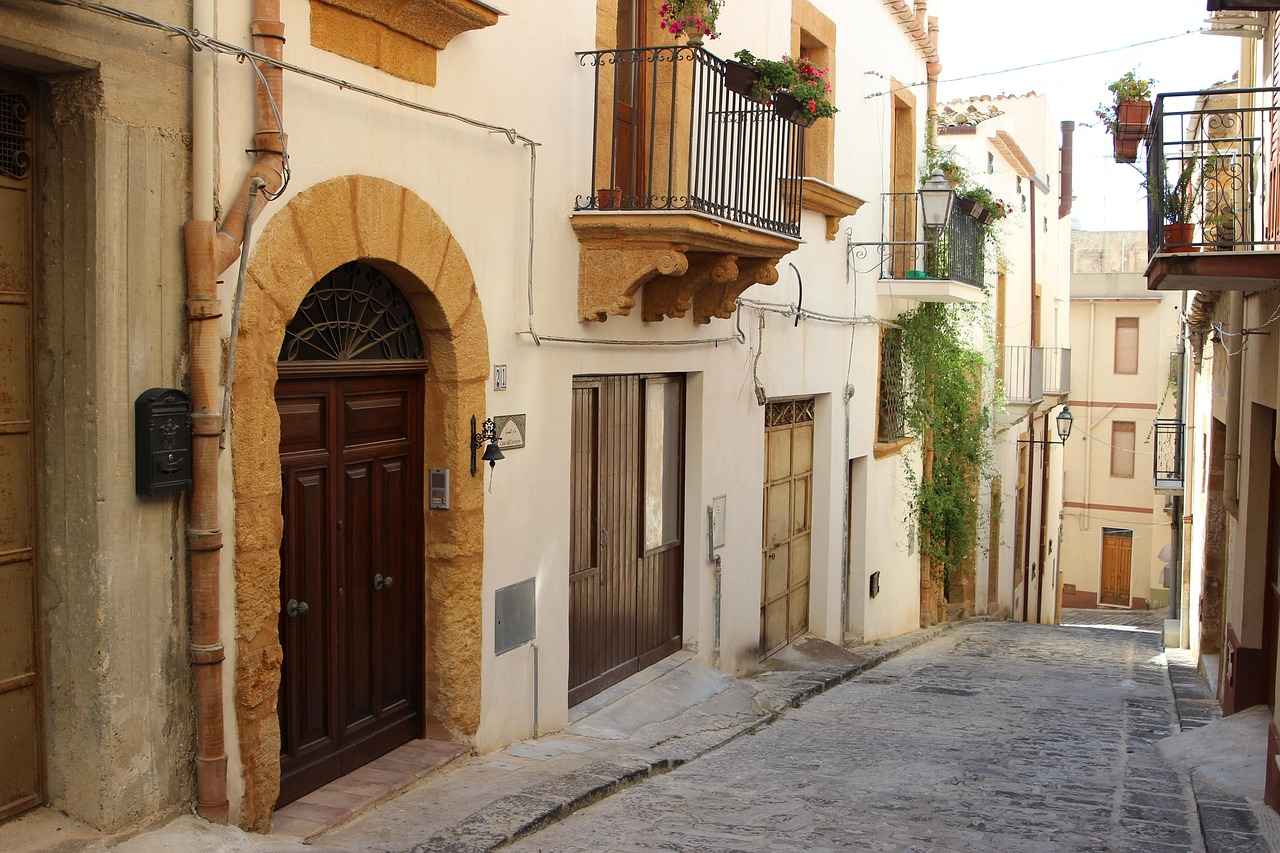
What Are the Best Brands of Sambuca to Try?
Sambuca is a beloved Italian liqueur that has captured the hearts of many with its distinctive anise flavor and versatile nature. However, not all Sambuca is created equal. In this section, we will explore some of the best brands available on the market today, highlighting their unique flavor profiles and what sets them apart from the rest.
When it comes to choosing a bottle of Sambuca, the options can be overwhelming. Here, we’ll break down a few standout brands that have earned their reputation through quality and taste.
- Luxardo Sambuca: Known for its high-quality ingredients, Luxardo Sambuca is a favorite among enthusiasts. This brand boasts a rich and complex flavor profile that balances sweetness with a robust anise kick. The use of natural ingredients, including elderflower, adds a floral note that enhances its overall character.
- Molino Sambuca: This brand is celebrated for its traditional production methods. Molino Sambuca offers a smooth, sweet taste with hints of licorice and a slightly spicy finish. It’s perfect for sipping or using in cocktails, making it a versatile choice for any occasion.
- Antica Sambuca: Antica is another excellent option, known for its artisanal approach. This brand prides itself on using only the finest ingredients, resulting in a Sambuca that is both aromatic and flavorful. The addition of herbs and spices gives it a unique twist, making it stand out in a crowded market.
- Pernod Sambuca: While Pernod is primarily known for its anise-flavored absinthe, its Sambuca is equally impressive. With a slightly drier finish, it offers a more sophisticated flavor profile. This brand is perfect for those who prefer a less sweet option while still enjoying the classic anise flavor.
- Romana Sambuca: A well-known name in the world of Sambuca, Romana is famous for its smoothness and balanced taste. It has a slightly sweeter profile, making it an excellent choice for those new to Sambuca. The brand is also known for its striking bottle design, making it a great addition to any bar.
Each of these brands brings something unique to the table, whether it’s the quality of ingredients, traditional production methods, or innovative flavor profiles. When selecting a Sambuca, consider what aspects are most important to you—be it sweetness, complexity, or versatility in cocktails. Sampling different brands can also lead to discovering your personal favorite.
In conclusion, the world of Sambuca is rich and diverse, with each brand offering a unique take on this classic Italian liqueur. Whether you’re enjoying it straight, in cocktails, or with coffee beans, the right Sambuca can elevate your drinking experience. So, don’t hesitate to explore these top brands and find the perfect bottle for your palate!
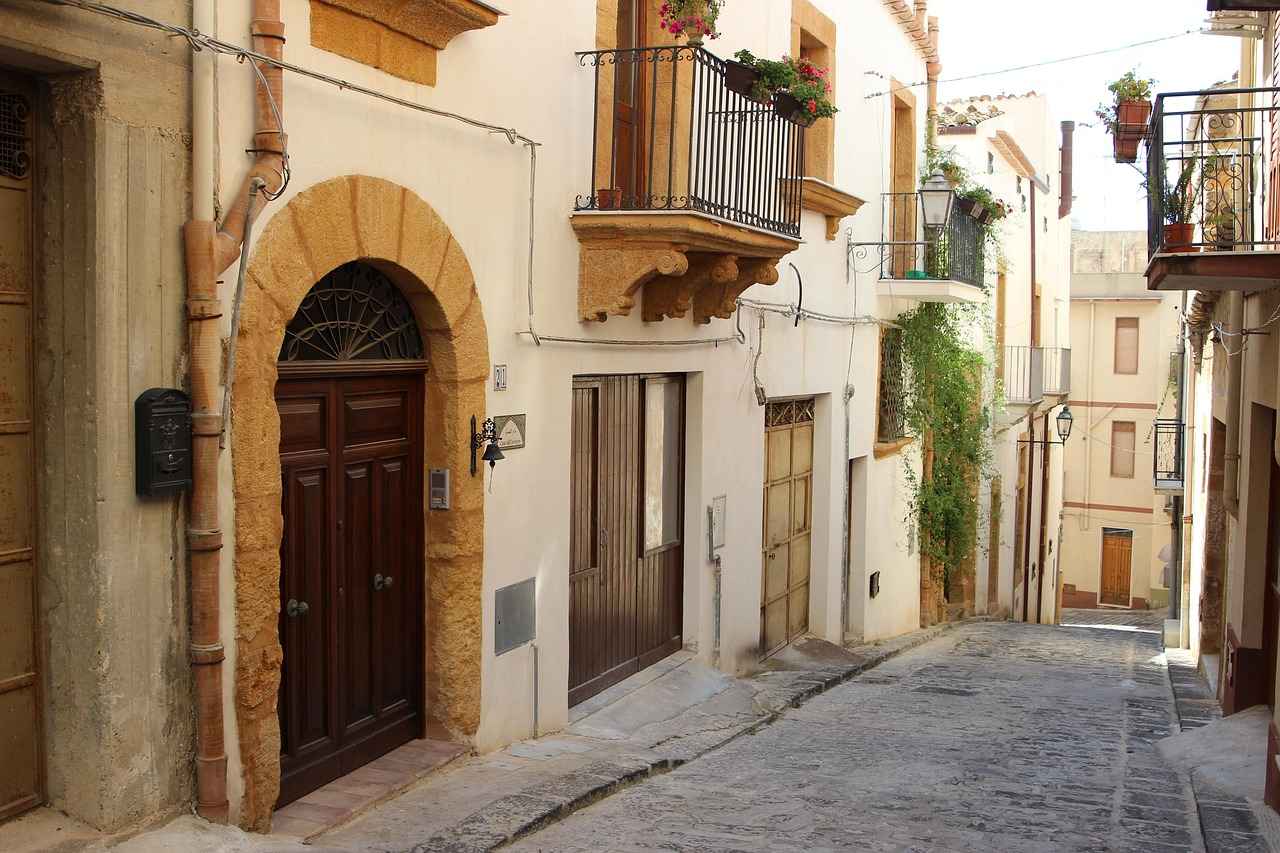
How to Store Sambuca for Optimal Freshness?
Sambuca is a beloved Italian liqueur known for its sweet, anise-flavored profile. To truly enjoy this spirited drink, proper storage is crucial. Improper storage can lead to a decline in quality, affecting flavor and aroma. In this section, we will explore the best practices for storing Sambuca to ensure it retains its delightful characteristics for as long as possible.
Just like fine wines and spirits, the way you store Sambuca can significantly impact its longevity. Exposure to light, temperature fluctuations, and air can alter the liqueur’s flavor profile and diminish its quality over time. Understanding these factors is essential for any Sambuca enthusiast.
- Keep it Cool: Store Sambuca in a cool, dark place, away from direct sunlight. Ideal temperatures range between 15°C to 20°C (59°F to 68°F). A pantry or a dedicated liquor cabinet works well.
- Airtight Seal: Ensure that the bottle is tightly sealed when not in use. This minimizes air exposure, which can lead to oxidation and spoilage.
- Upright Position: Always store Sambuca upright. This prevents the cork from becoming saturated with the liquid, which can introduce unwanted flavors.
- Avoid Temperature Fluctuations: Sudden changes in temperature can cause the liquid to expand and contract, which may compromise the seal and introduce air into the bottle. Maintain a stable environment.
While some liqueurs benefit from chilling, Sambuca is best enjoyed at room temperature. However, if you prefer your Sambuca cold, refrigerating it is acceptable. Just ensure that it is stored in a sealed bottle to prevent contamination from other odors in the fridge. Freezing Sambuca is not recommended as it can alter the texture and flavor, making it less enjoyable.
When stored properly, an unopened bottle of Sambuca can last for several years without significant changes in quality. Once opened, it is best consumed within 1 to 2 years for optimal flavor. Over time, even well-stored Sambuca may lose some of its vibrant flavors, so it’s advisable to enjoy it while it’s fresh.
Although Sambuca can last a long time, it’s essential to check for signs of spoilage. Look for changes in color, cloudiness, or sediment in the bottle. If the aroma seems off or the flavor has deteriorated, it might be time to replace your bottle. Trust your senses—if it doesn’t smell or taste right, it’s best to err on the side of caution.
In conclusion, proper storage of Sambuca is vital for maintaining its unique flavors and aromas. By following these guidelines, you can ensure that your Sambuca remains fresh and enjoyable, ready to be savored in your favorite cocktails or enjoyed straight. Cheers to preserving the delightful essence of this iconic Italian liqueur!
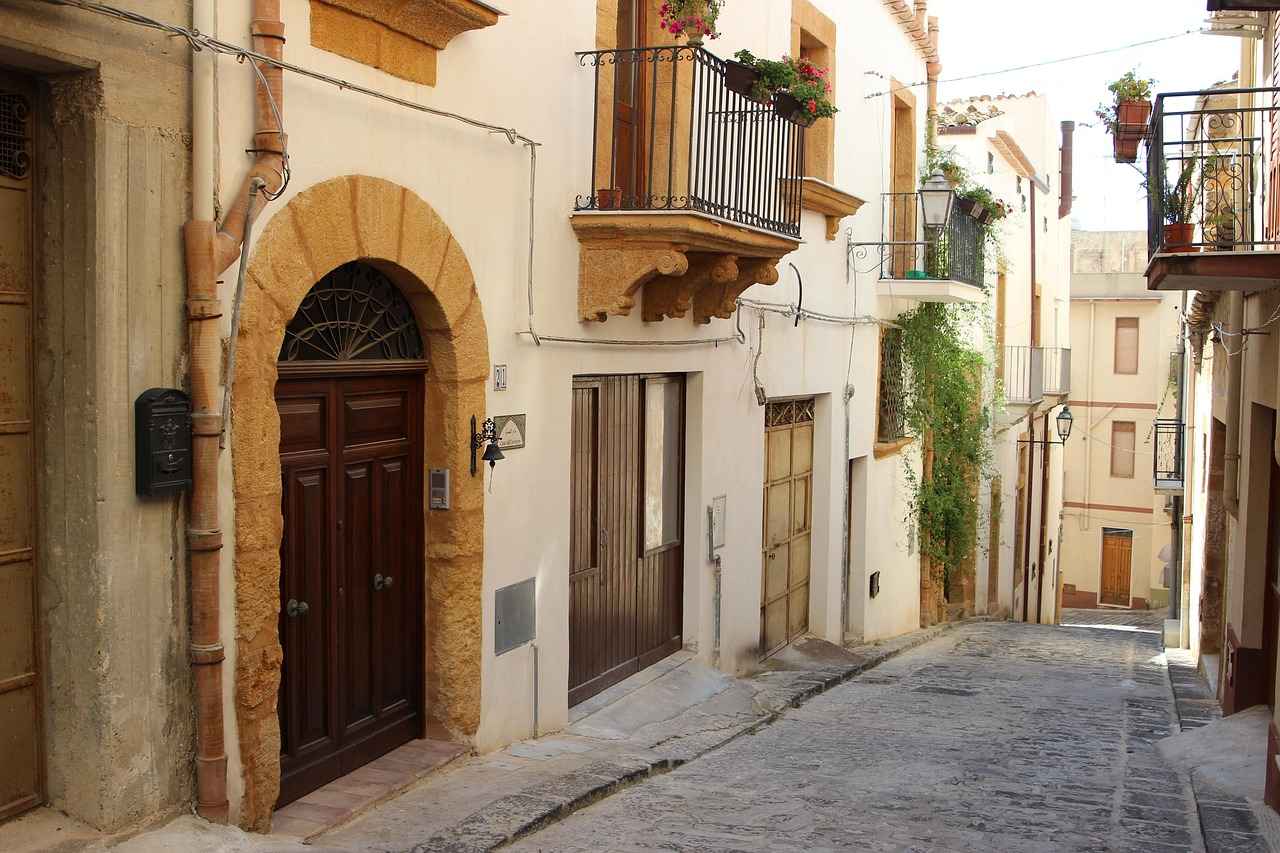
What Are Some Fun Facts About Sambuca?
Sambuca is not just a liqueur; it is a cultural icon steeped in rich history and fascinating anecdotes that can surprise even the most seasoned drinkers. Here are some fun facts that you might find intriguing!
- Origin of the Name: The name “Sambuca” is believed to derive from the Latin word “sambucus,” which refers to the elderflower. This flower was traditionally used in the production of the liqueur, although modern Sambuca is primarily flavored with anise.
- Three Coffee Beans: When served traditionally, Sambuca is often accompanied by three coffee beans. This practice is not just for decoration; it symbolizes health, wealth, and happiness. Many drinkers will chew on the beans after sipping the Sambuca, enhancing the flavor experience.
- Flaming Sambuca: One of the more daring ways to enjoy Sambuca is by setting it on fire! This flaming shot is not just for show; it caramelizes some of the sugars in the liqueur, creating a unique flavor profile. However, caution is advised, as the flames can be quite intense!
- Variations Galore: While the classic Sambuca is typically clear, there are variations such as black Sambuca and red Sambuca. Black Sambuca is often flavored with additional herbs and spices, giving it a more complex taste, while red Sambuca includes berries for a fruity twist.
- Digestif Tradition: In Italy, Sambuca is commonly enjoyed as a digestif, meaning it is consumed after meals to aid digestion. Its anise flavor is believed to have digestive properties, making it a popular choice for winding down after a hearty meal.
- Alcohol Content: Sambuca typically has an alcohol content of around 38% to 42%. This potent kick is part of what makes it a favorite for shots and cocktails alike, but it also requires a respectful approach when consuming.
- Global Popularity: While Sambuca is undeniably Italian, its popularity has spread worldwide. It is now enjoyed in various countries, often featured in cocktails or as a standalone shot, showcasing its versatility.
- Health Benefits: The primary ingredient, anise, is not just for flavor; it has been used in traditional medicine for its potential health benefits, including aiding digestion and reducing bloating.
These fun facts about Sambuca reveal just how rich and diverse its history is. From its origins to its cultural significance, Sambuca offers a delightful experience that goes beyond just drinking a shot. So, the next time you enjoy a glass of Sambuca, remember the stories and traditions that come with it!
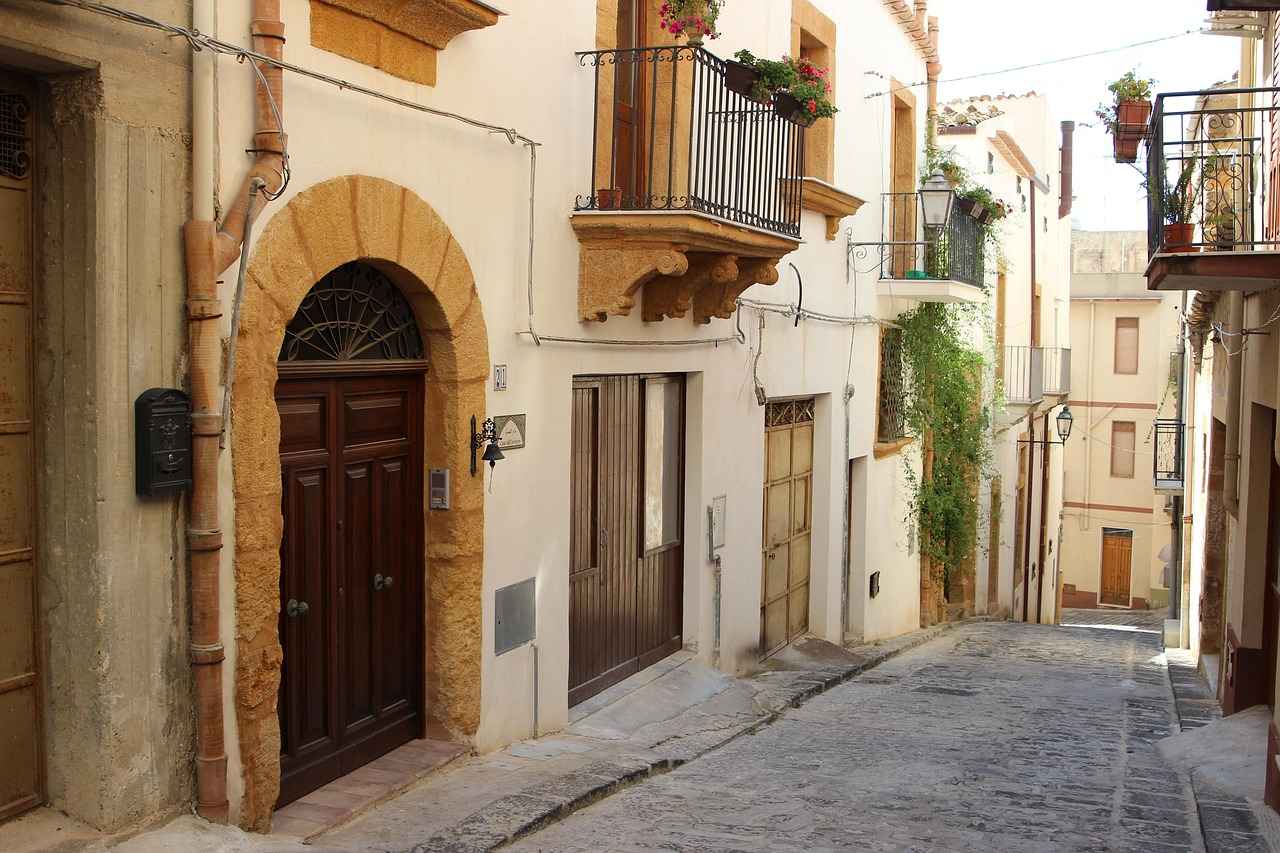
How to Make Homemade Sambuca?
For those who are adventurous and enjoy crafting their own spirits, making Sambuca at home can be a truly rewarding experience. This traditional Italian liqueur, celebrated for its distinct anise flavor, not only allows for personal customization but also provides a fascinating insight into the art of distillation. In this guide, we will walk you through a simple yet effective recipe to create your own Sambuca, along with some tips to enhance the process.
Ingredients You’ll Need
- 1 liter of high-proof alcohol (like grain alcohol or vodka)
- 1 cup of sugar
- 2 tablespoons of dried anise seeds
- 1 tablespoon of elderflower (optional for flavor)
- 1 cup of water
Step-by-Step Instructions
- Infusion: Start by combining the alcohol with the anise seeds in a large glass jar. Seal it tightly and let it sit in a cool, dark place for about two weeks. This process allows the flavors to meld beautifully.
- Sweetening: After two weeks, strain the mixture through a fine mesh sieve or cheesecloth to remove the anise seeds. In a separate saucepan, combine the sugar and water over low heat. Stir until the sugar is completely dissolved, creating a simple syrup.
- Mixing: Once your syrup is ready, mix it with the strained alcohol infusion. If you wish to add elderflower for a floral note, now is the time to include it.
- Bottling: Transfer your homemade Sambuca into clean bottles. Make sure to label them with the date and contents.
- Aging: For the best flavor, let your Sambuca age for at least another week before tasting. The longer you let it sit, the more the flavors will develop.
Tips for a Perfect Batch
- Quality Ingredients: Use high-quality alcohol and fresh spices for the best results.
- Experiment: Feel free to experiment with additional flavors such as mint or citrus peels to create your unique twist on traditional Sambuca.
- Serving Suggestions: Serve your homemade Sambuca chilled, or with coffee beans for a classic Italian experience.
Making Sambuca at home not only allows for a personalized touch but also provides a sense of accomplishment. This liqueur can be shared with friends and family, making it a perfect addition to any gathering. Remember, the process is just as enjoyable as the final product, so take your time and enjoy the journey of crafting your own delicious Sambuca!
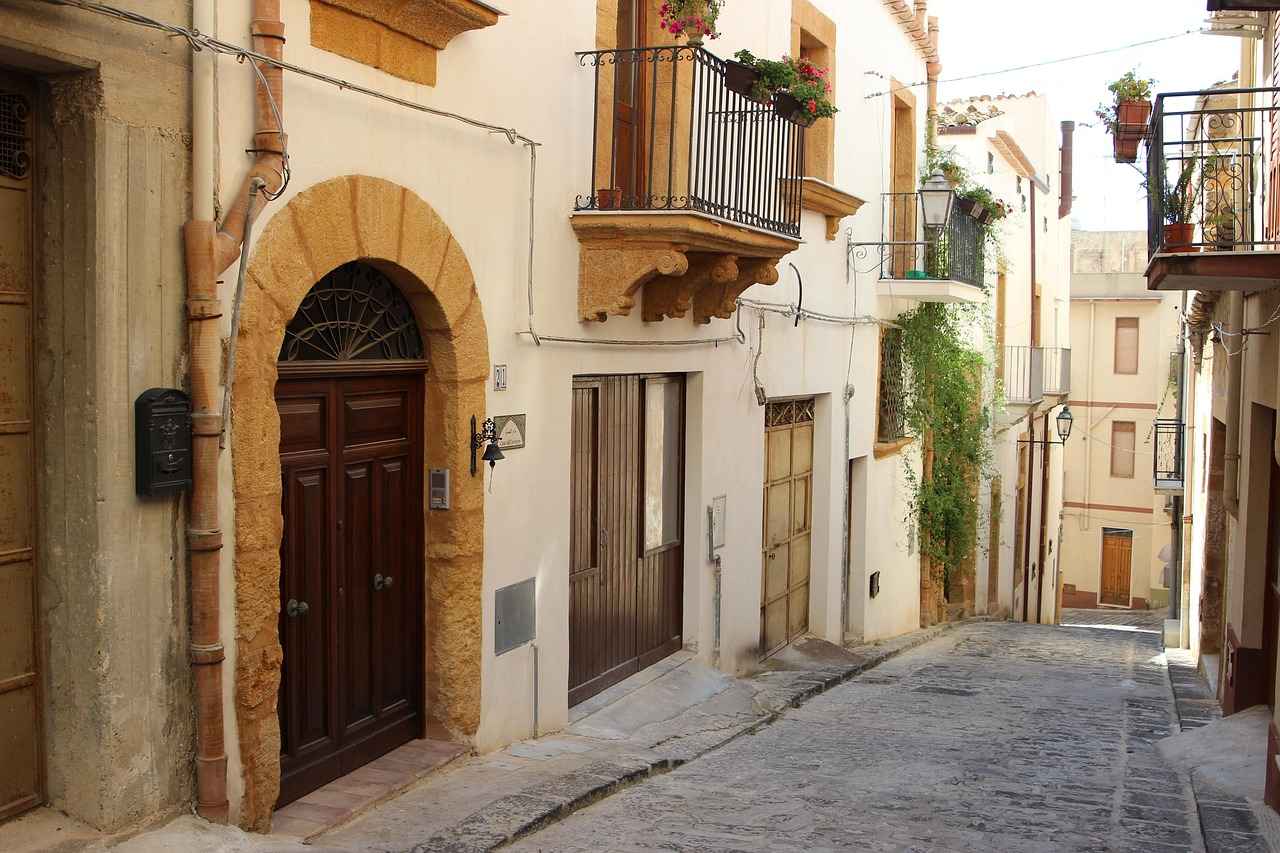
What Are Common Misconceptions About Sambuca?
Sambuca is a beloved Italian liqueur, but like many popular beverages, it has its fair share of myths and misconceptions. In this section, we will explore and debunk some of the most common misunderstandings about Sambuca, helping you appreciate this unique drink even more.
- Myth 1: All Sambuca tastes the same. Many people believe that all Sambuca liqueurs have the same flavor profile. However, this is far from the truth. While the base flavor is typically anise, different brands and types of Sambuca can have varying levels of sweetness, herbal notes, and even additional flavorings like elderflower or citrus. Each producer has its unique recipe, which can lead to a wide range of taste experiences.
- Myth 2: Sambuca is only meant to be consumed as a shot. While Sambuca is often enjoyed as a shot, it is also a versatile liqueur that can be enjoyed in various ways. Many people savor it straight, on the rocks, or even as an ingredient in cocktails. Additionally, it is a popular addition to coffee, where it enhances the flavor and adds a delightful twist.
- Myth 3: Sambuca is just for after dinner. Although Sambuca is traditionally served as a digestif, it is not limited to post-meal enjoyment. Its unique flavor makes it suitable for various occasions, from casual gatherings to festive celebrations. It can be paired with desserts or enjoyed during social events, making it a versatile choice.
- Myth 4: Flaming Sambuca is dangerous. Many people are wary of the flambé presentation of Sambuca, thinking it is inherently dangerous. While it is important to exercise caution, when done correctly, flaming Sambuca can be a safe and fun way to enjoy the drink. The flames burn off some of the alcohol, resulting in a smoother taste and an eye-catching presentation that adds to the overall experience.
- Myth 5: Sambuca is only for the elderly. This misconception likely stems from the drink’s association with Italian culture, where it is often consumed by older generations. However, Sambuca is enjoyed by people of all ages, especially younger crowds who appreciate its unique flavor and versatility in cocktails. Its increasing popularity in trendy bars and cocktail lounges speaks to its broad appeal.
Understanding these myths can enhance your appreciation for Sambuca. It is a complex and multifaceted liqueur that deserves to be enjoyed in various ways. By exploring its different flavors and uses, you can discover new ways to enjoy this classic Italian drink.
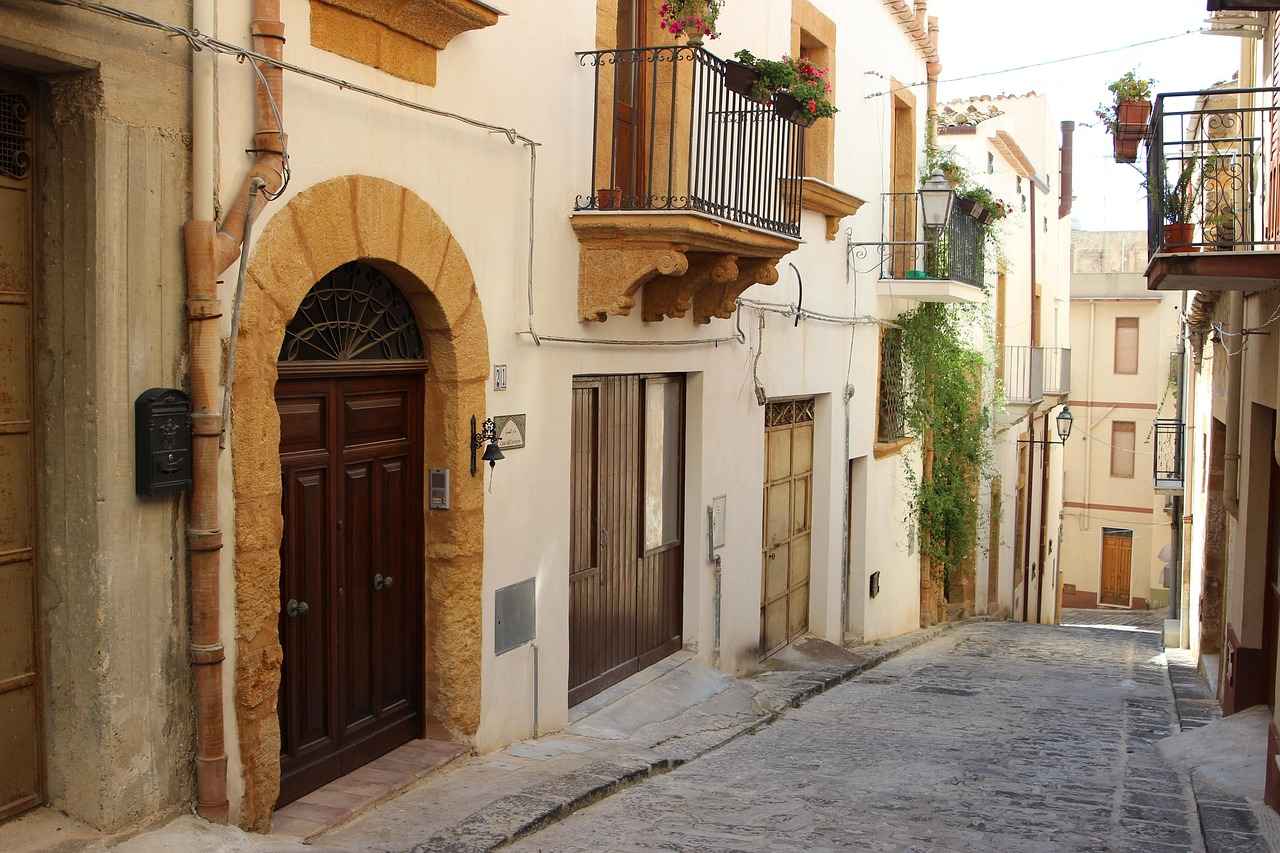
Why Is Sambuca Popular in Italian Culture?
Sambuca is more than just a potent liqueur; it is a vibrant symbol of Italian culture and tradition. This unique anise-flavored drink is often intertwined with various social gatherings, celebrations, and rituals that define the Italian way of life. Its popularity extends beyond mere taste; it embodies a sense of community and festivity that resonates deeply with Italians and those who appreciate their customs.
At the heart of Italian celebrations, Sambuca is frequently served as a digestif, consumed after meals to aid digestion and stimulate conversation. This practice is rooted in the belief that sharing a drink fosters connections and strengthens bonds among friends and family. Whether at a wedding, birthday, or holiday feast, the presence of Sambuca signifies a moment to pause, reflect, and enjoy the company of loved ones.
Traditionally, Sambuca is often accompanied by coffee beans, which are not merely a garnish but hold significant cultural meaning. The three coffee beans typically added to a shot of Sambuca symbolize health, happiness, and prosperity. This ritual enhances the drinking experience, turning it into a moment of celebration and good wishes. The act of toasting with these beans encapsulates the essence of Italian hospitality, where every detail contributes to the overall experience.
In addition to its role in personal gatherings, Sambuca also finds its place in larger cultural events. Festivals and community celebrations often feature Sambuca as a staple drink, reinforcing its status as a symbol of Italian heritage. During these events, the liqueur is enjoyed in various forms, from simple shots to elaborate cocktails, showcasing its versatility and appeal.
Sambuca’s popularity is also linked to its historical significance. Originating in the 19th century, it was initially created as a medicinal tonic before evolving into the beloved liqueur we know today. This rich history adds depth to its cultural significance, as each sip carries with it the legacy of Italian craftsmanship and tradition.
Moreover, the rise of Italian restaurants and bars worldwide has contributed to the global appreciation of Sambuca. As more people are introduced to this unique liqueur, its association with Italian culture becomes more pronounced, allowing others to partake in the joy and celebration that Sambuca represents.
In essence, Sambuca is not just a drink; it is a celebration of life and an embodiment of Italian culture. Its presence at gatherings, the rituals surrounding its consumption, and its historical roots all contribute to its esteemed place in the hearts of Italians and enthusiasts alike. Whether enjoyed in a cozy family setting or at a vibrant festival, Sambuca continues to bring people together, celebrating both the past and the present.
Frequently Asked Questions
- What is Sambuca?
Sambuca is a traditional Italian liqueur known for its sweet anise flavor. It’s often enjoyed as a digestif after meals, and its unique taste makes it a favorite among liqueur enthusiasts.
- How should I serve Sambuca shots?
To serve Sambuca shots properly, chill the liqueur and serve it in a shot glass. It’s best enjoyed straight, but you can also add coffee beans for an authentic experience.
- Can I mix Sambuca in cocktails?
Absolutely! Sambuca can be a fantastic addition to various cocktails, adding a sweet and aromatic touch. Try it in a “Sambuca Sour” or mix it with tonic water for a refreshing drink.
- What are the health benefits of Sambuca?
While Sambuca is primarily enjoyed for its flavor, the main ingredient, anise, is believed to have some medicinal properties, including aiding digestion and acting as an antioxidant.
- Why do people add coffee beans to Sambuca?
Adding coffee beans to Sambuca enhances the flavor profile, creating a delightful contrast between the sweetness of the liqueur and the bitterness of the coffee. It also adds a traditional touch to the drinking experience.
- What are some common misconceptions about Sambuca?
One common misconception is that Sambuca is only for shots. In reality, it’s a versatile liqueur that can be enjoyed in various ways, including in cocktails or as a flavorful ingredient in desserts.
- How should I store Sambuca?
To keep your Sambuca fresh, store it in a cool, dark place, away from direct sunlight. Ensure the bottle is tightly sealed to maintain its quality over time.









